Summary
With an elevation of approximately 9,200 feet, it offers breathtaking panoramic views of the surrounding landscape. This majestic mountain is characterized by its rugged terrain, making it a challenge for mountaineers seeking an exhilarating adventure.
During the winter season, Ross Peak experiences a diverse snowpack range. The mountain receives an average annual snowfall of around 150 inches, providing excellent opportunities for winter sports enthusiasts. The snowpack can vary in depth depending on weather conditions and can be even deeper in certain areas, creating ideal conditions for backcountry skiing and snowboarding.
Several creeks and rivers benefit from the runoff originating from Ross Peak. These include the Gallatin River to the northwest and the West Fork of the Gallatin River to the northeast. The snowmelt from the peak feeds these water sources, contributing to their flow and providing crucial resources for the surrounding ecosystems.
The name "Ross Peak" is said to honor Hugh Ross, an early settler in the Gallatin Valley during the late 1800s. However, beyond the origin of its name, there are no significant historical events or legends associated with this particular mountain. Nonetheless, Ross Peak remains a popular destination for mountaineers and outdoor enthusiasts, offering a challenging climb and stunning views that exemplify the beauty of the Rocky Mountains.
Weather Forecast
Regional Streamflow Levels
350
Cubic Feet Per Second
162
Cubic Feet Per Second
1,560
Cubic Feet Per Second
127
Cubic Feet Per Second
Area Campgrounds
| Location | Reservations | Toilets |
|---|---|---|
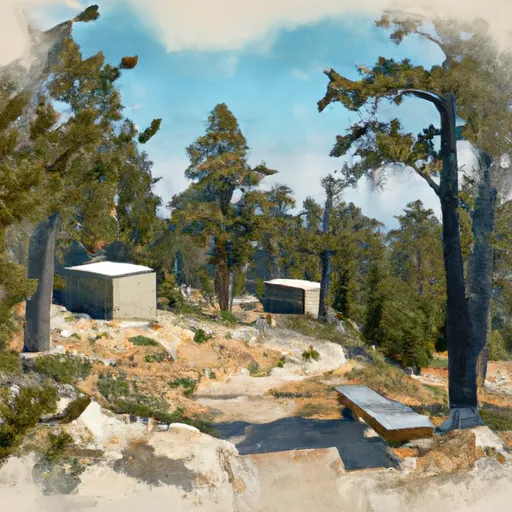 Battle Ridge Cabin
Battle Ridge Cabin
|
||
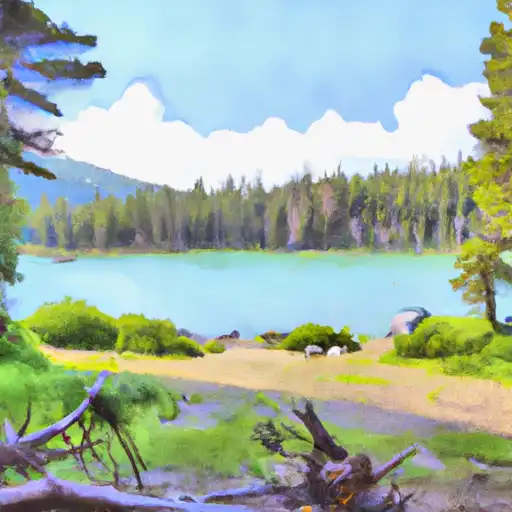 Fairy Lake
Fairy Lake
|
||
 Fairy Lake Campground
Fairy Lake Campground
|
||
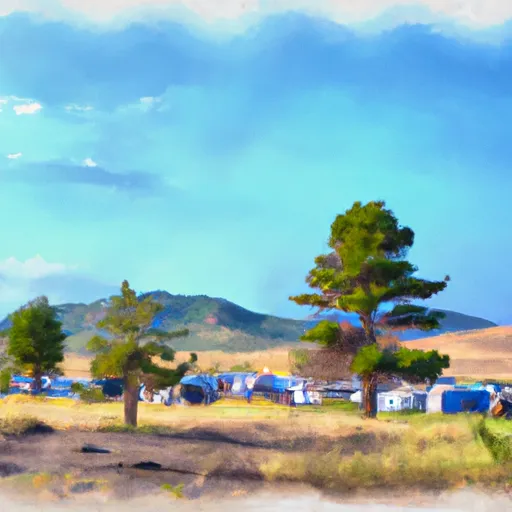 Battle Ridge Campground
Battle Ridge Campground
|
||
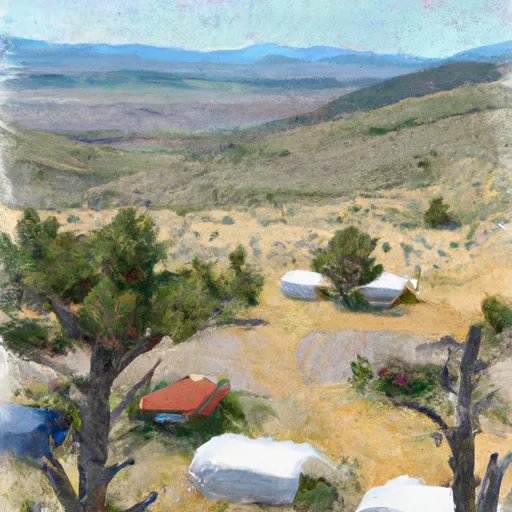 Battle Ridge
Battle Ridge
|

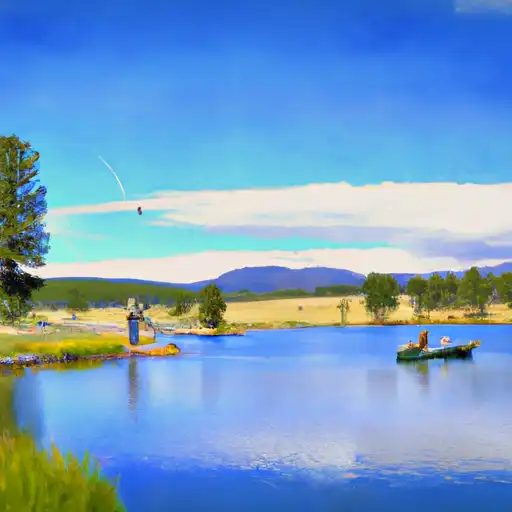 Fairy Pond
Fairy Pond
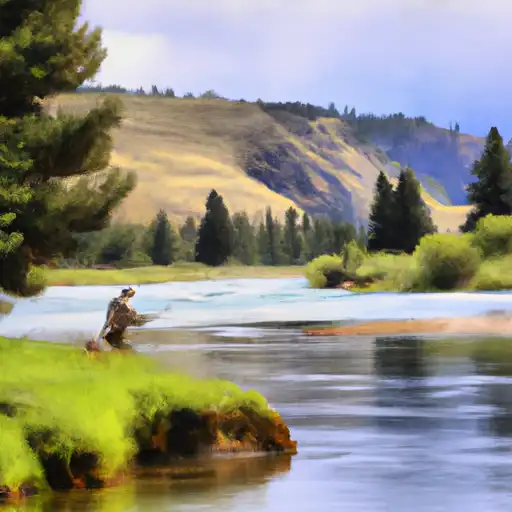 East Gallatin River
East Gallatin River
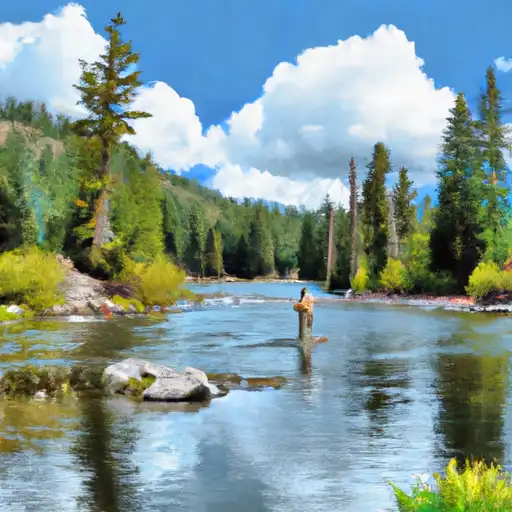 Hyalite Creek
Hyalite Creek
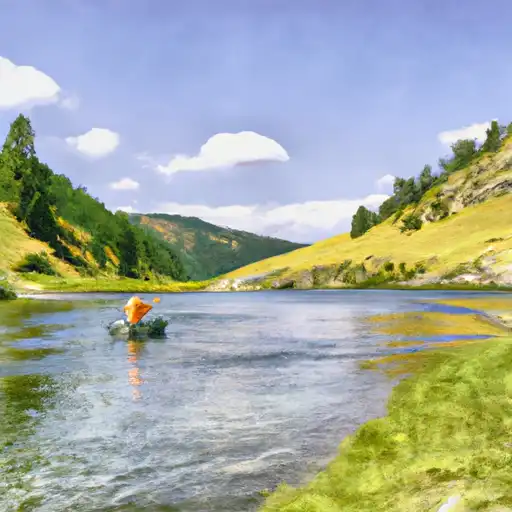 Green Canyon Creek
Green Canyon Creek
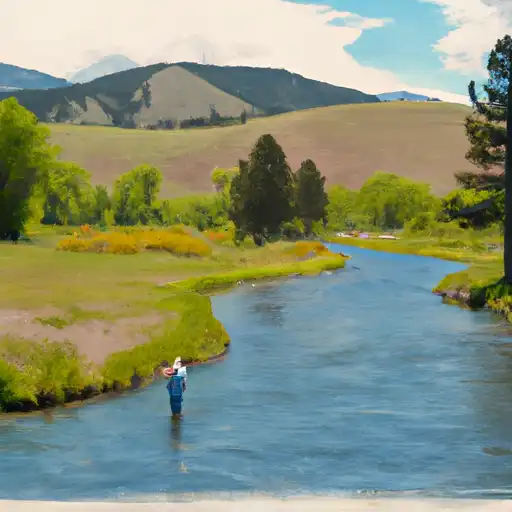 Bozeman Creek
Bozeman Creek